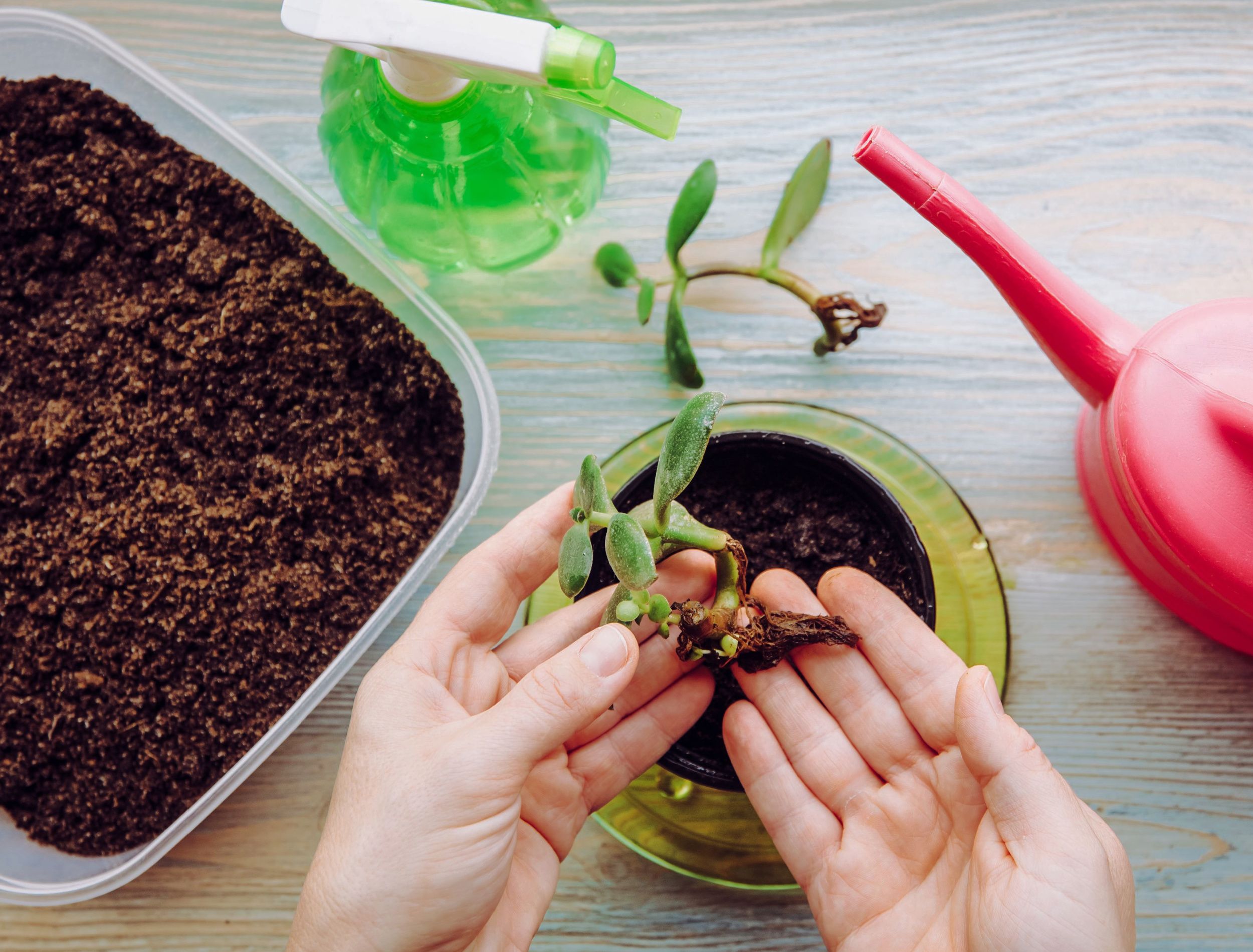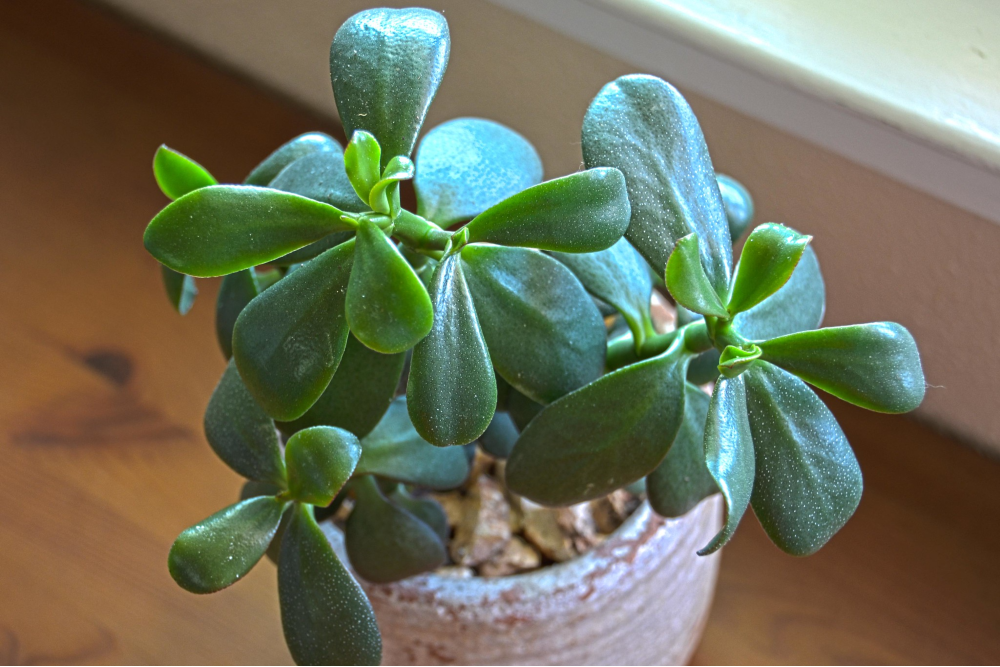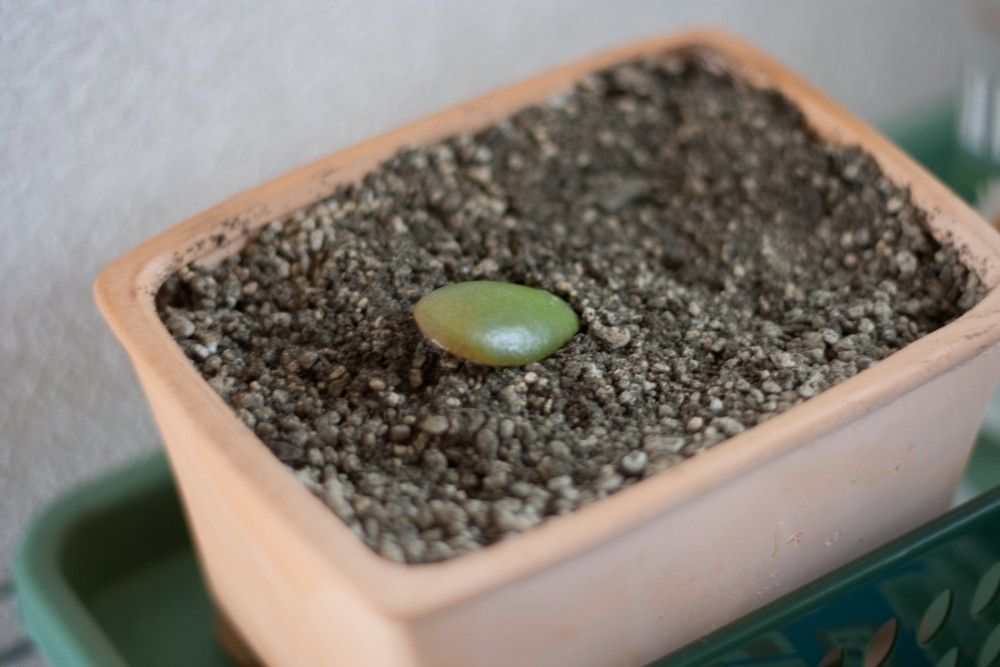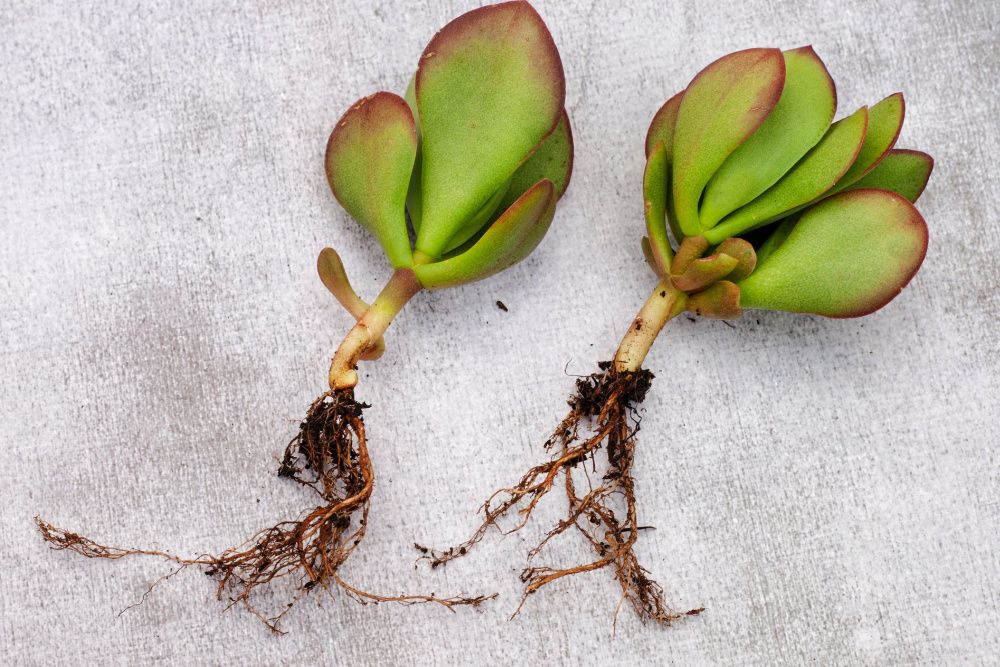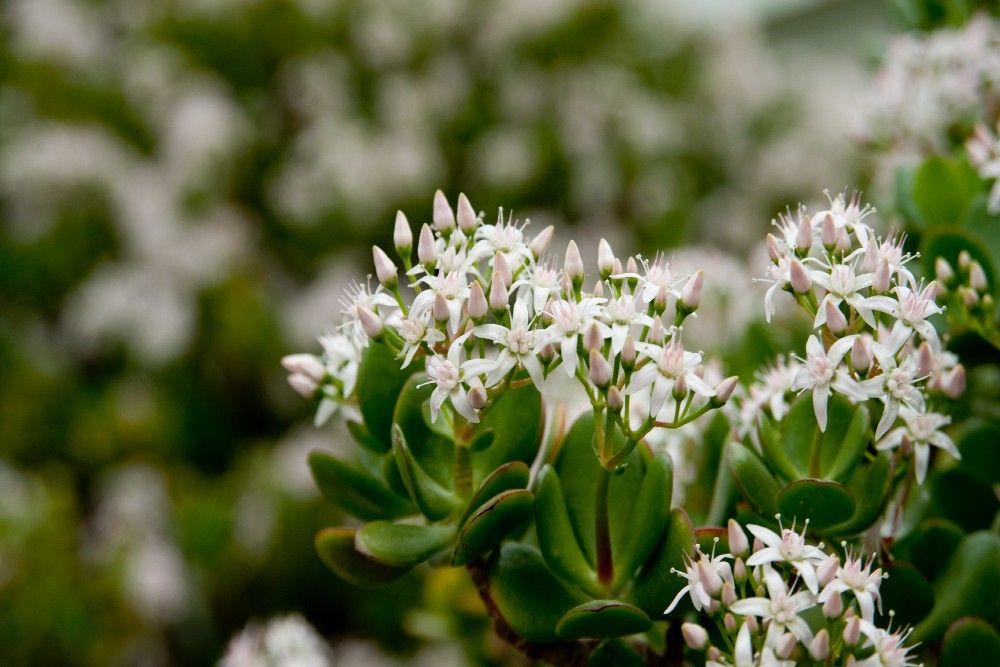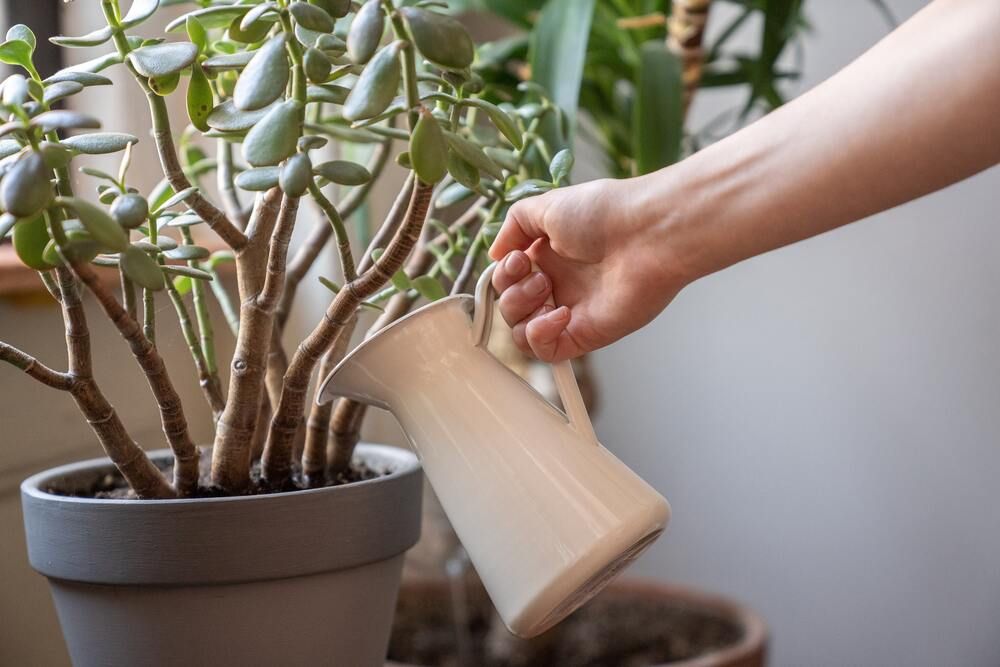Crassula ovata or "jade plants" are popular all over the world, due to their easy-growing nature. As succulents, they join around 300 other species within the Crassulaceae family. Jade plants work great indoors as ornamental plants since they grow well in containers, however, they make great outdoor plants in mild climates too.
Other common names for the jade plant include lucky plants, friendship plants, or even money trees. They can have a longer life span, and a well-cared-for jade plant can live up to 100 years! Easily propagate jade plants by learning more about these methods, to add more jade to your home!
What is a Jade Plant?
Image credits: osiristhe via Creative Commons
Native to South Africa, plant lovers all over the world enjoy the easygoing nature of the jade plant. These plants are evergreens, which means that the foliage stays green and thriving for more than one growing season. Their thick, oval-shaped leaves and unique tree shape make up much of the valley vegetation in places such as the Eastern Cape of Africa.
The terms lucky and money describe this plant, due to some people's belief that it brings those things to the homes where the jade plant resides. It is worth noting that jade leaves rank as low on the toxicity scale for humans and as toxic to animals such as horses, dogs, and cats.
3 Easy Ways to Propagate Your Jade Plant
Do you want to multiply your jade plant, and perhaps your luck? Learn how to propagate yours with these three methods!
Leaf Cutting
Image credits: Mullenkedheim via Creative Commons
Perhaps the easiest method, propagating jade plants through leaf cuttings, is attainable to all plant lovers. Leaves breaking off the main plant and falling to the forest floor are how jade plants often propagate in the wild, it does not get much easier than that!
To propagate in this way, cut a single leaf off the main plant. Then, let the leaf dry for a few days allowing it to callus. This healing will help to prevent rot in the propagated plant.
After several days, take the cut leaf and place it into moist (not wet) soil at a 30-degree angle to the ground or pot. The soil should just cover the cut end of the leaf, and then after several weeks, roots should start to form!
Stem Cutting
Image credits: Aninka Bongers-Sutherland via Shutterstock
Stem cutting is the second method of vegetative propagation for jade plants. To propagate with this method, cut a 5 to 10-inch stem off the main plant and allow the cutting to dry for several days. As with the leaf-cutting method, allowing the cutting to dry helps reduce the risk of rot. Once the stem cutting has dried, plant it into 1 to 1.5 inches of soil or water, and wait several weeks for the roots to grow!
Seed
Image credits: Kew on Flickr via Creative Commons
Planting jade seeds is the third propagation method. Jade seeds come in the small capsule of a pollinated flower. Due to this fact, pollination and any future seeds may be difficult to obtain if your jade plant is indoors. With indoor jade plants, it may be better to choose a different propagation method.
However, outdoor jade plants can bloom small pink or white flowers in late winter. Cool temperatures (around 55 degrees Fahrenheit) and withholding moisture will encourage these plants to bloom. Simply harvest these seeds from the capsule and plant them in the spring or summer when temperatures are more favorable. The seed should germinate within three to 14 days.
Growing Tips
Image credits: Kevin Malik via Pexels
Jade plants do not require much water in the summer and even less in the wintertime! They enjoy well-draining soil and pruning their leaves promotes vigorous growth. Pruning stems encourages the trunk to grow thick and hardy.
Red tips may appear on the leaves, as a sign of sufficient sunlight. If the plant stems start to droop and the leaves are a deep green, this is a sign of inadequate lighting. Do not worry, simply fix the lighting the plant is receiving and it will revive!
Jade plants work very well when grown as bonsai. Bonsai plants are miniature trees that grow in pots and look kid-sized. Keep in mind, the care and maintenance of a bonsai plant differ from that of a regular houseplant.
How Lucky You Are!
Propagating jade plants is a task even the most novice of plant lovers can take on! With an ancient belief that these plants promote luck and fortune for the owner, why not increase your jade collection?
Vegetative propagation begins by cutting a leaf or stem from the plant and allowing several days for healing is crucial to avoid rot. Once the leaf or stem has dried, planting in well-draining soil will allow you to grow roots in several weeks!
Which method will you choose to propagate your jade plant? Share in the comments below!

